
PRODUCTS
Soy lecithin liquid is a natural lecithin mixture e……
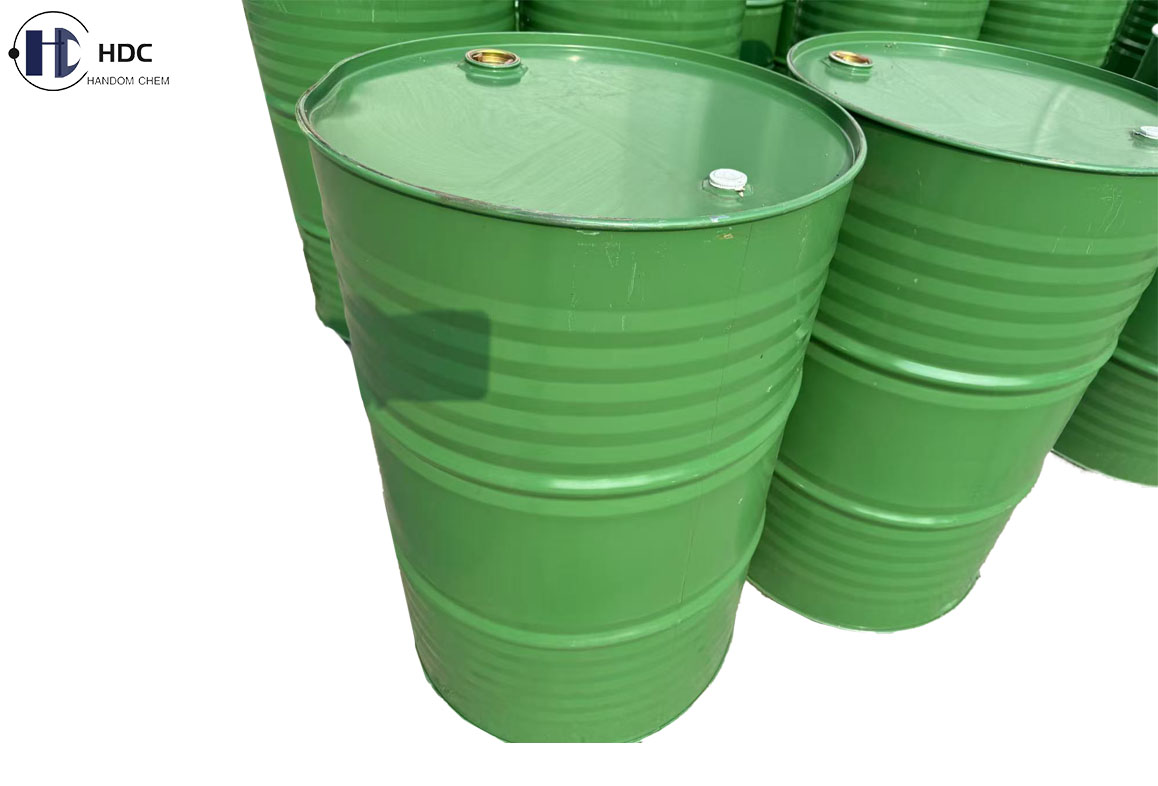
Soybean lecithin powder, also called soya lecithin ……
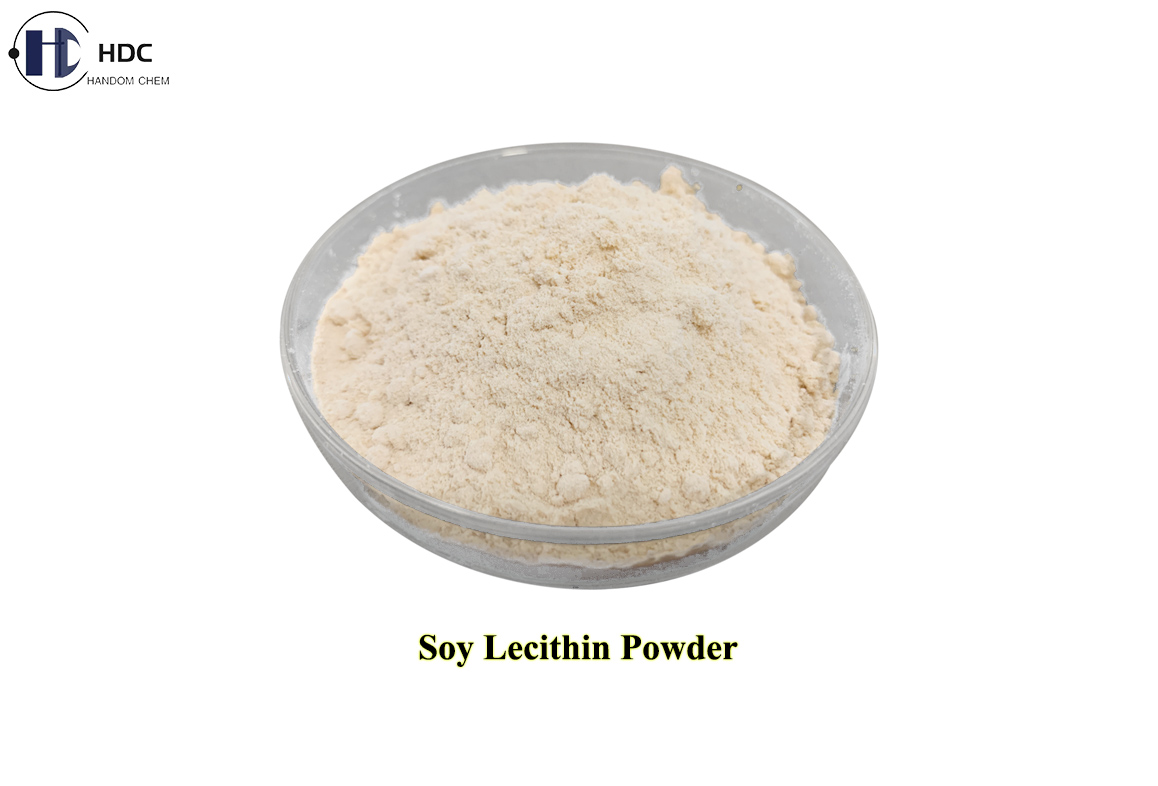
Product Name: Chitosan AzelateGrade: Cosmetic Grade……
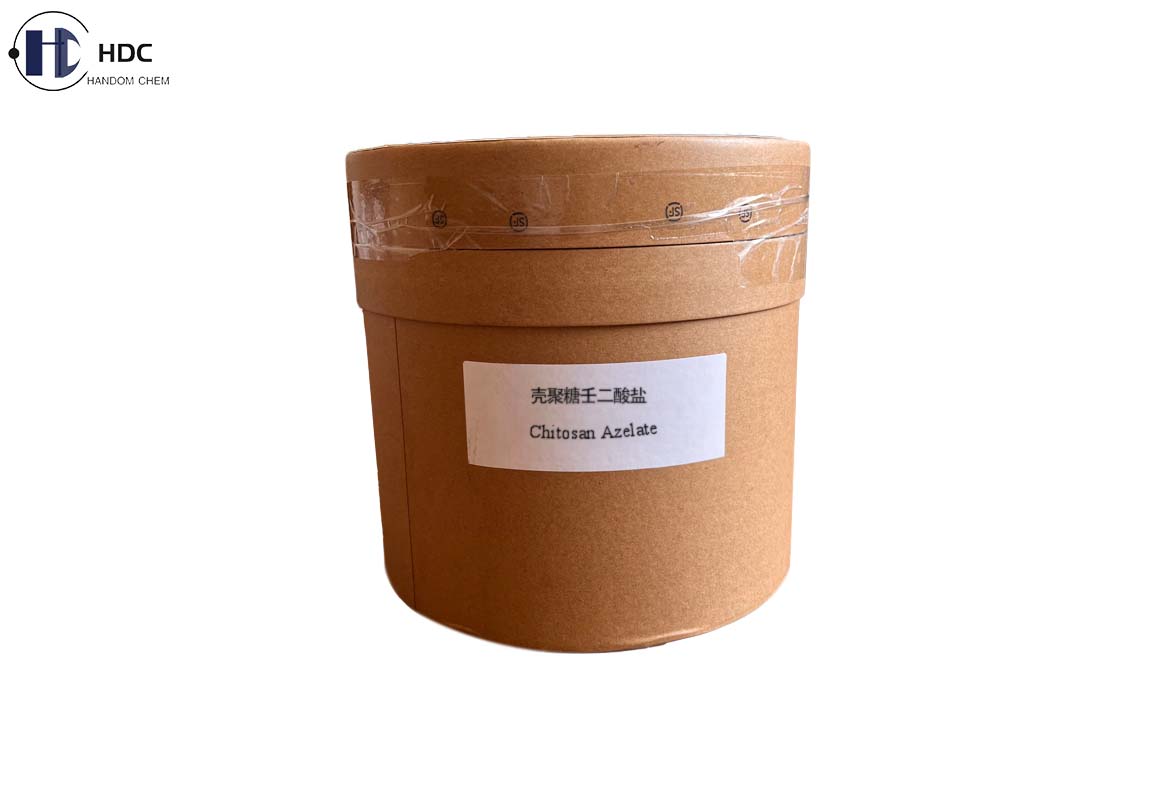
Commodity Name: IscotrizinolChemical Name: Diethylh……
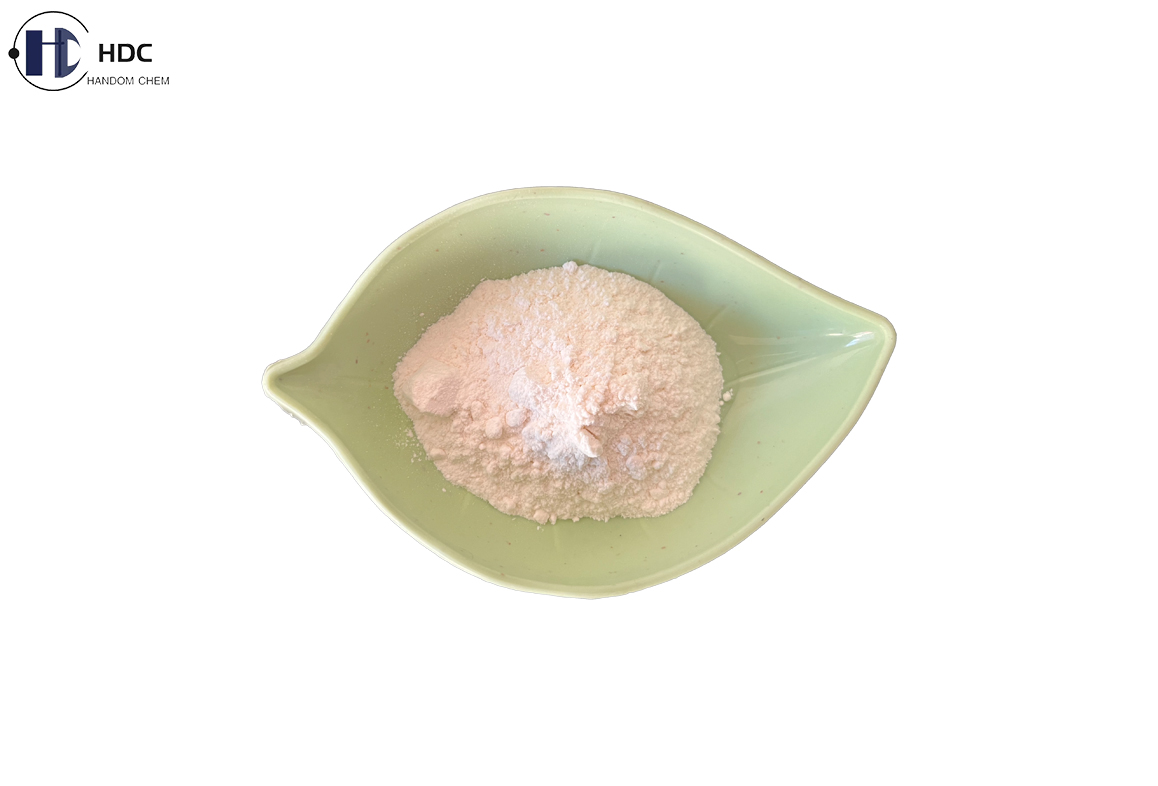
1. Product Name: Dexmedetomidine
2. Synonyms: MPV 1440; Precedex; d-Medetomidine; Dexmedetomidina; (S)-Medetomidine; Dexmedetomidinum; (+)-4-((S)-alpha,2,3-Trimethylbenzyl)imidazole; (S)-4-[1-(2,3-Dimethylphenyl)ethyl]-1H-imidazole; 4-[(S)-1-(2,3-Dimethylphenyl)ethyl]-1H-imidazole; 5-[(1S)-1-(2,3-Dimethylphenyl)ethyl]-1H-imidazole; 5-[(1R)-1-(2,3-dimethylphenyl)ethyl]-1H-imidazole; 5-[(1S)-1-(2,3-dimethylphenyl)ethyl]-1H-imidazole; 1H-Imidazole, 4-(1-(2,3-dimethylphenyl)ethyl)-, (R)-; (+)-4-[(S)-1-(2,3-Dimethylphenyl)ethyl]-1H-imidazole
3. CAS No.: 113775-47-6
4. EINECS No.: 601-281-8
5. Molecular Formula: C13H16N2
6. Molecular Weight: 200.28
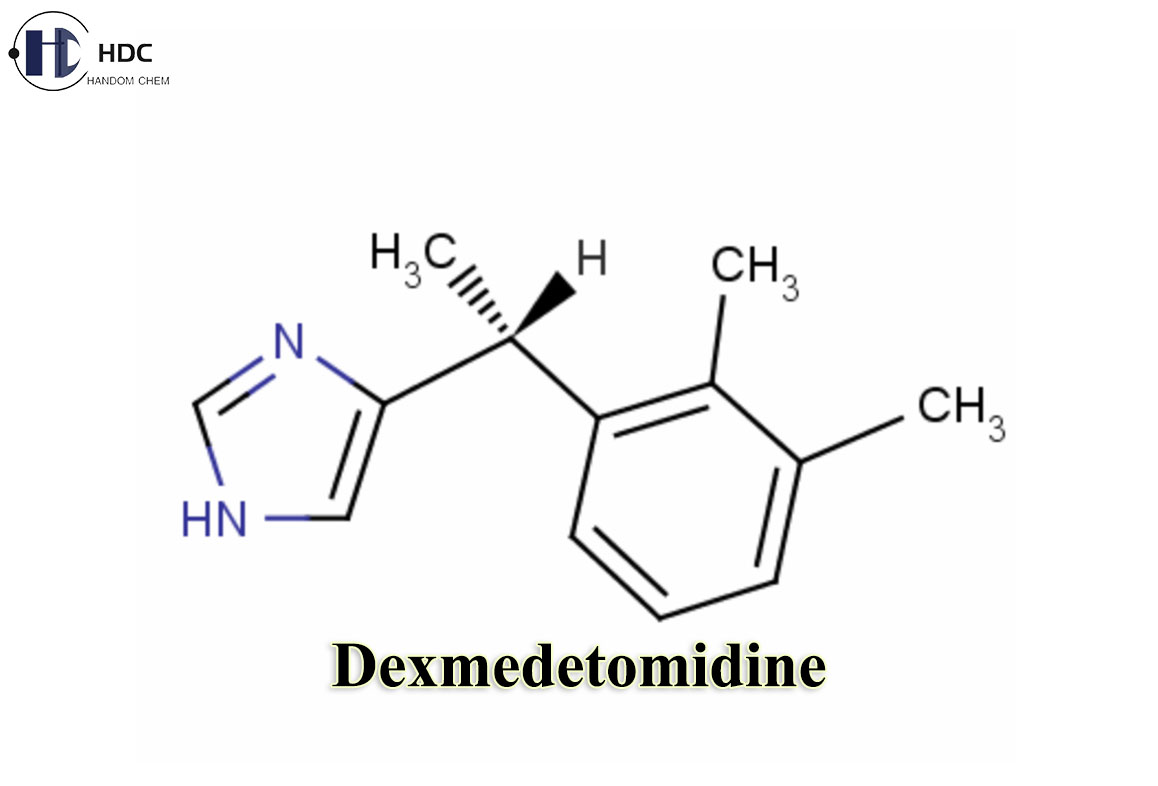
7. Brief Introduction:
Dexmedetomidine is the dextrorotatory isomer of medetomidine and is a highly selective α2-adrenergic receptor agonist. Unlike medetomidine hydrochloride for veterinary use, dexmedetomidine is mainly used in human medicine, especially in the field of intensive care unit (ICU) and anesthesia.
8. Mechanism of Action:
Selectively activates α2-adrenergic receptors in the central and peripheral nerves, inhibits sympathetic nerve activity, and produces:
- ◎ Deep Sedation: Similar to natural sleep, patients are easily awakened.
- ◎ Analgesia: Reduces pain signal transmission.
- ◎ Anti-anxiety: Reduces stress response.
- ◎ Stabilizes Hemodynamics: Reduces cardiovascular fluctuations during surgery or ICU.
9. Main Uses:
▲ ICU Sedation: Used for critically ill patients who need mechanical ventilation (such as postoperative, severe respiratory failure).
▲ Anesthetic Assistance: Preoperative sedation, intraoperative reduction of anesthetic dosage, postoperative analgesia.
▲ Short-term Procedural Sedation: Such as endotracheal intubation, endoscopic examination, etc.
▲ Children's Sedation: Used for pediatric imaging examinations in some cases.
10. Specifications of our Dexmedetomidine:
Appearance
Off-white to white powder
Melting Point
145℃ ~ 152℃
Specific Rotation
+72.0°~+76.0°
Related Substances
Not more than 1.0%
Levmedetomidine
Not more than 1.0%
Loss on Drying
Not more than 1.0%
Residue on Ignition
Not more than 0.1%
Heavy Metals
Not more than 10ppm
Assay
Not less than 99.0%
11. Features and Advantages:
★ High Controllability:
The sedation depth is easy to adjust, and the patient can follow the instructions.
★ Mild Respiratory Depression:
Less impact on breathing compared to benzodiazepines (such as Midazolam).
★ No Significant Addiction:
Suitable for long-term ICU sedation.
★ Reversibility:
α2 receptor antagonists (such as Atipamezole) can be used to antagonize its effects.
12. Adverse Reactions:
※ Common: hypotension, bradycardia (especially at loading doses).
※ Other: dry mouth, transient hypertension (during initial dosing), nausea.
※ Rare: respiratory depression (at high doses or in combination with other sedatives).
13. Precautions:
! Contraindications: severe heart block, hypotension, uncontrolled hypovolemia.
! Dosage Control: needs to be adjusted according to body weight and condition, and intravenous infusion needs to be strictly monitored.
! Special Populations: pregnant women, lactating women, and the elderly should use with caution.
! Drug Interactions: be cautious when used in combination with anesthetics, antihypertensive drugs, and beta-blockers.
14. Difference from Medetomidine:
☝ Structure: Medetomidine is a racemic isomer (including levorotatory and dextrorotatory isomers), while dexmedetomidine is a single active isomer, which is more potent and more selective.
☝ Use: Medetomidine is mainly used in veterinary medicine, while dexmedetomidine is used exclusively in humans.
☝ Safety: Dexmedetomidine has undergone rigorous clinical trials, and its indications and side effects management are more clearly defined.
15. Drug Forms:
Injection: requires intravenous infusion, the concentration is usually 100 μg/mL, and is used after dilution.
♣ Dosage Method: Loading Dose + Maintenance Infusion, which is adjusted by the doctor according to the condition.
16. Packaging:
10g/Bag, 20g/Bag, 50g/Bag, 100g/Bag, 500g/Bag, 1kg/Bag or according to the specific requirements from customers.
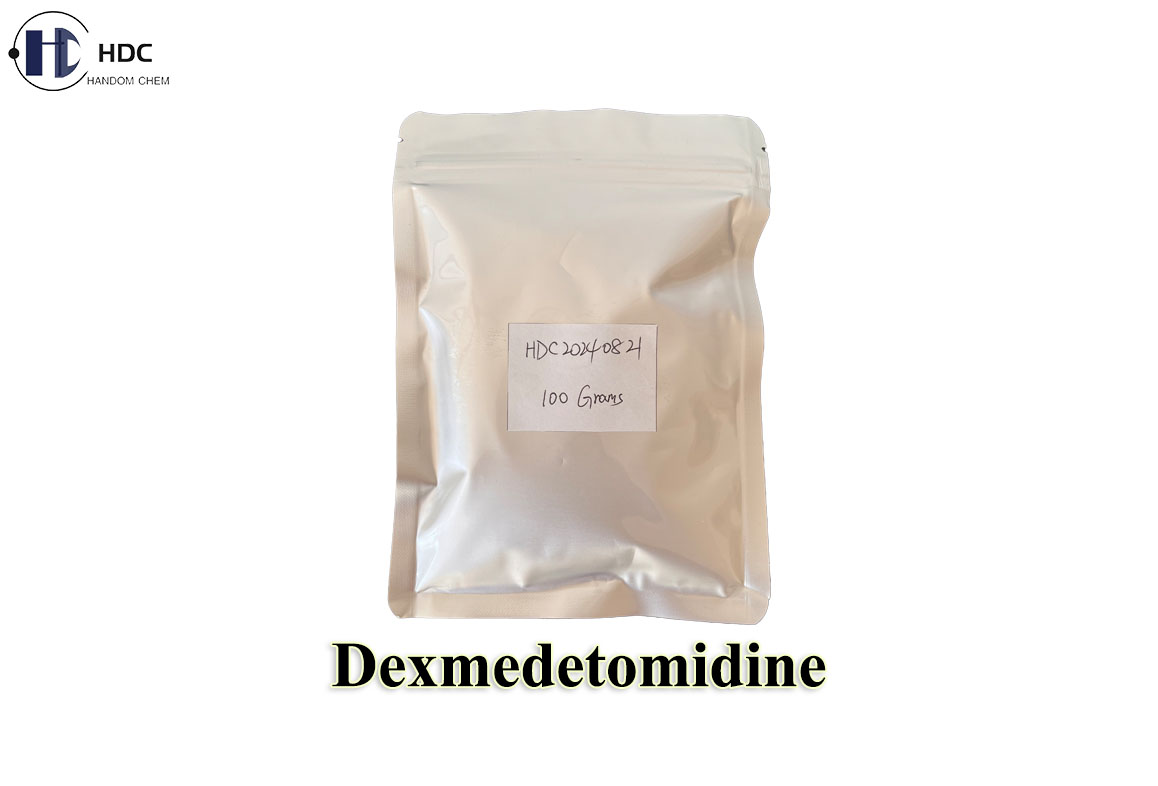
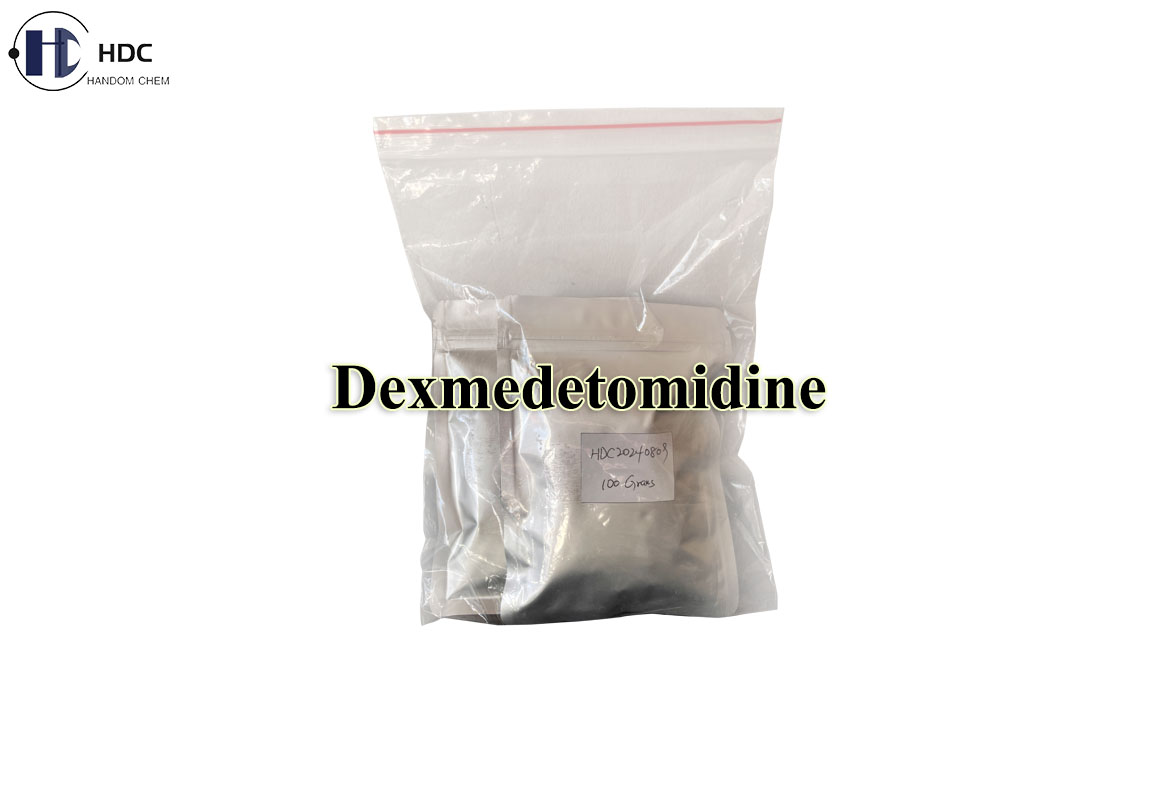
17. Storage Conditions:
Preserved in unopened original containers in a cool dry place before using; kept away from direct sunlight, heat and moisture.
18. Shelf Life:
24 months from the date of manufacturing when stored under the above conditions.